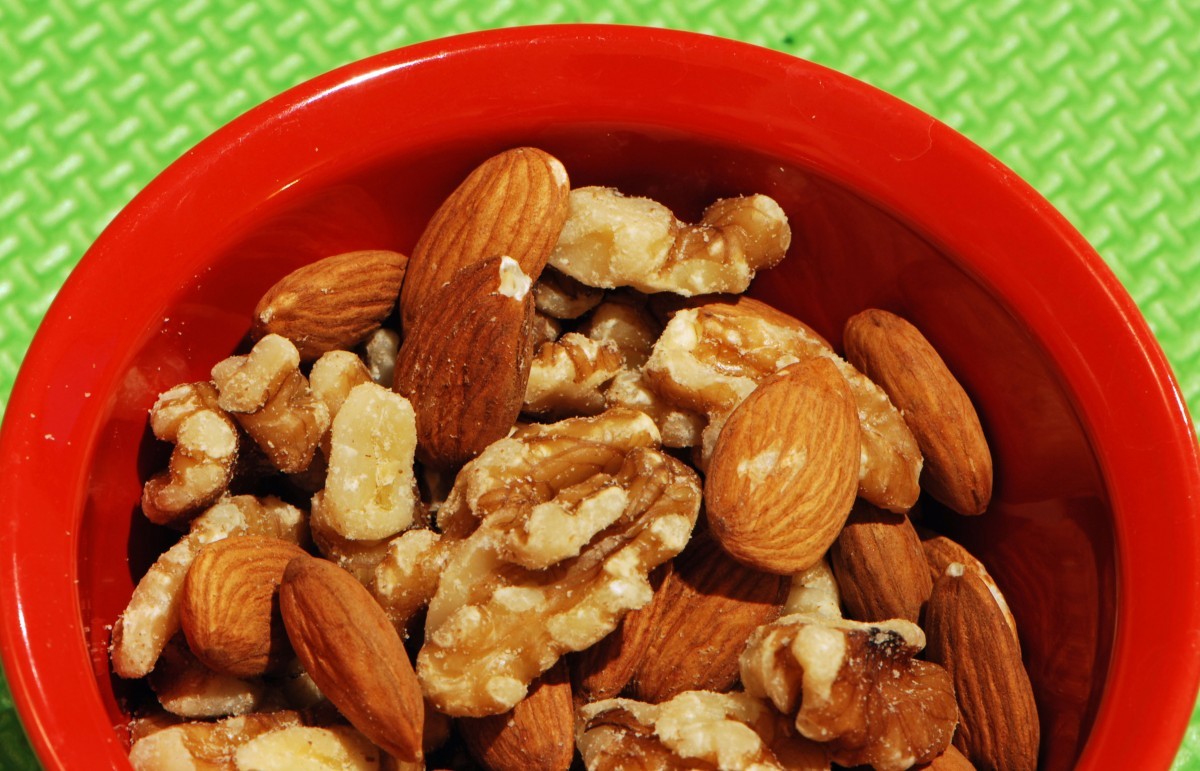
Why nuts are associated with the holidays
A symbol of fruitfulness long associated with midwinter festivals.
During the early Roman empire the poet Marcus Valerius Martialis sent a present of them to a fellow-writer saying, “From my small garden, behold, eloquent Juvenal, I send you Saturnalian nuts. The rest of the fruit the rakish Garden God has bestowed on frolicking girls.” Romans believed each type of nut to be possessed of a special virtue: almonds were an antidote to drunkenness; walnuts counteracted poisons; hazelnuts prevented famine.
Christmas-time in many countries sees bowls of nuts on the table and nuts used in desserts. They are an indispensable part of the Thriteen Desserts of Provence; St Nicholas and his helpers throw them to children or put them with apples in their shoes. [UM Today is going to squeeze in here to explain why someone would put gifts in a shoe. Before people hung stockings to act as gift receptacles, shoes were used. Here’s a short explanation.]
Boys and girls throw walnuts at each other in Poland on St Stephen’s Day and in other parts of Eastern Europe nuts are thrown into corners of the house for good luck. Walnuts are a necessary component to the Bulgarian Christmas meal. Each member of the family cracks one in order to determine their fate for the next year. If the walnut is a good one, it is said that the year will be successful. Bad luck is predicted for the person who cracks a bad walnut. North American crooners sing of “Chestnuts roasting on an open fire” and nuts have long been used as edible decorations on Christmas trees.
The above is an excerpt from The World Encyclopedia of Christmas, which was written by Gerry Bowler in the University of Manitoba’s history department.







